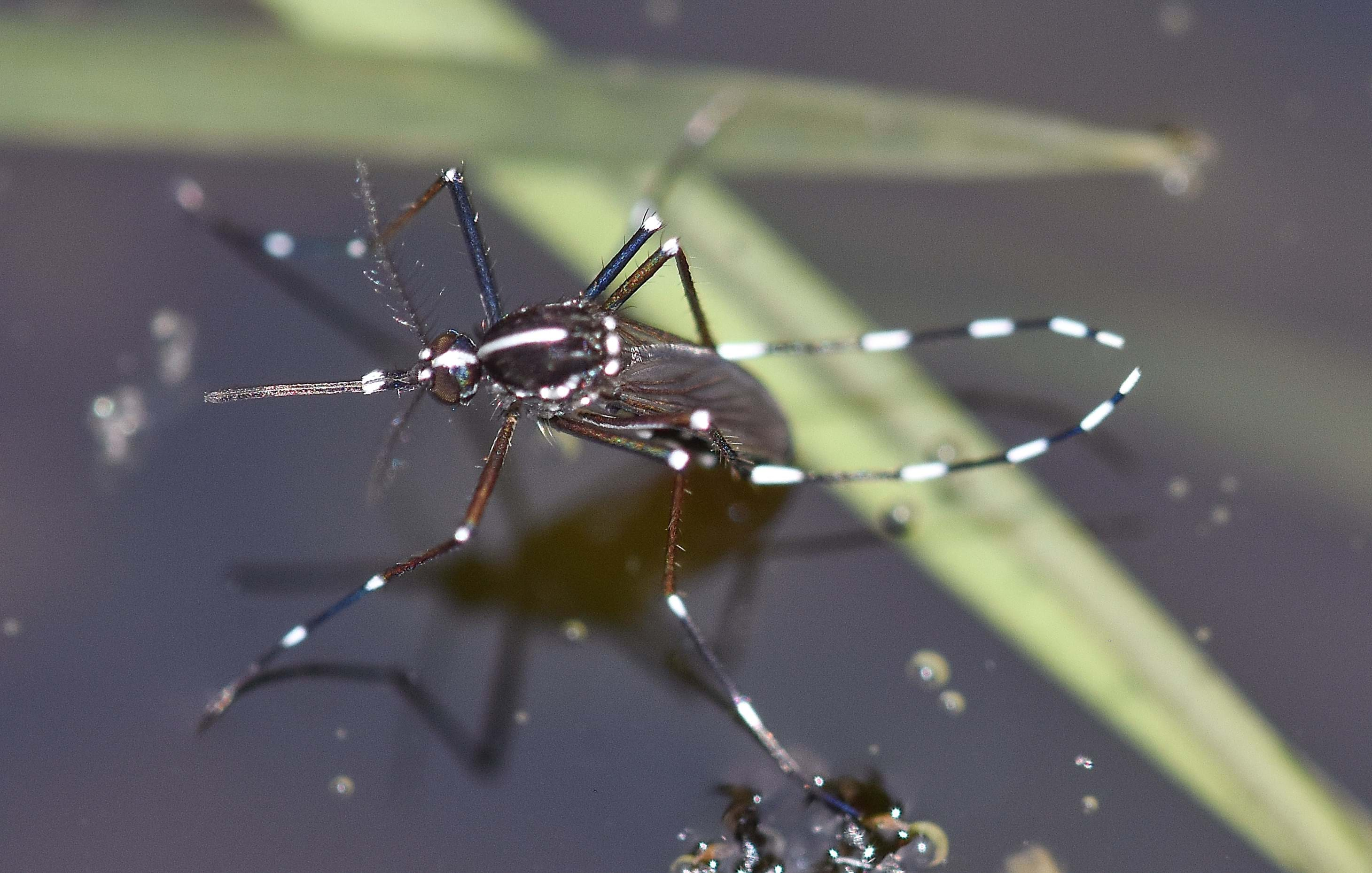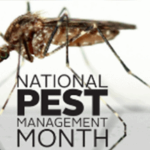
March 6, 2020
There are many questions surrounding the novel coronavirus disease 2019 (COVID-19), including how it’s spread. With warm weather approaching, there may be concerns about disease transmission from insects, but it’s important to note that coronavirus is not spread by vector pests. While the best and most up-to-date resource for information on coronavirus remains the Centers for Disease Control and Prevention (CDC), we’ll take a look at the differences between common vector-borne diseases and various coronaviruses to help dispel any myths about transmission.

What are Vector Pests?
Vector pests such as ticks and mosquitoes are known to play significant roles in the transmission of many critical diseases. Worldwide, mosquitoes are the leading vectors responsible for the transmission of infections to humans, and are responsible for spreading malaria, Zika virus, West Nile virus (WNV), Eastern equine encephalitis (EEE), chikungunya, yellow fever and many more. Ticks are responsible for the transmission of the most common vector-borne infection in the United States, Lyme disease, as well as many other infections such as Rocky Mountain spotted fever, babesiosis, ehrlichiosis and anaplasmosis.
What are Common Human Coronaviruses?
Common human coronaviruses were first identified in the 1960s, and are well-known causes of the common cold and flu. There are four main subgroupings of human coronaviruses, and they are mainly transmitted through contact with bodily fluid from an infected person by simple acts like coughing and sneezing. Microscopic droplets produced by the infected person can be inhaled by someone nearby (usually within a three to six-foot radius), or they can also be transmitted via contact with a contaminated surface (one that was just coughed upon) and then inadvertently touching one’s face or rubbing one’s eyes, or by something as simple as sharing a spoon to taste someone’s dessert.
How is COVID-19 Different?
SARS (Severe Acute Respiratory Syndrome), MERS (Middle East Respiratory Syndrome) and now COVID-19 (coronavirus disease 2019) are zoonotic coronaviruses – viruses that have jumped the species barrier from their normal animal hosts to humans. This can happen through direct contact with an infected animal, as well as indirect contact or eating contaminated food. Zoonotic diseases are also very common and once transmitted to humans, they can spread through person-to-person contact as well, making proper handwashing and other preventative actions outlined by the CDC paramount to public safety.





